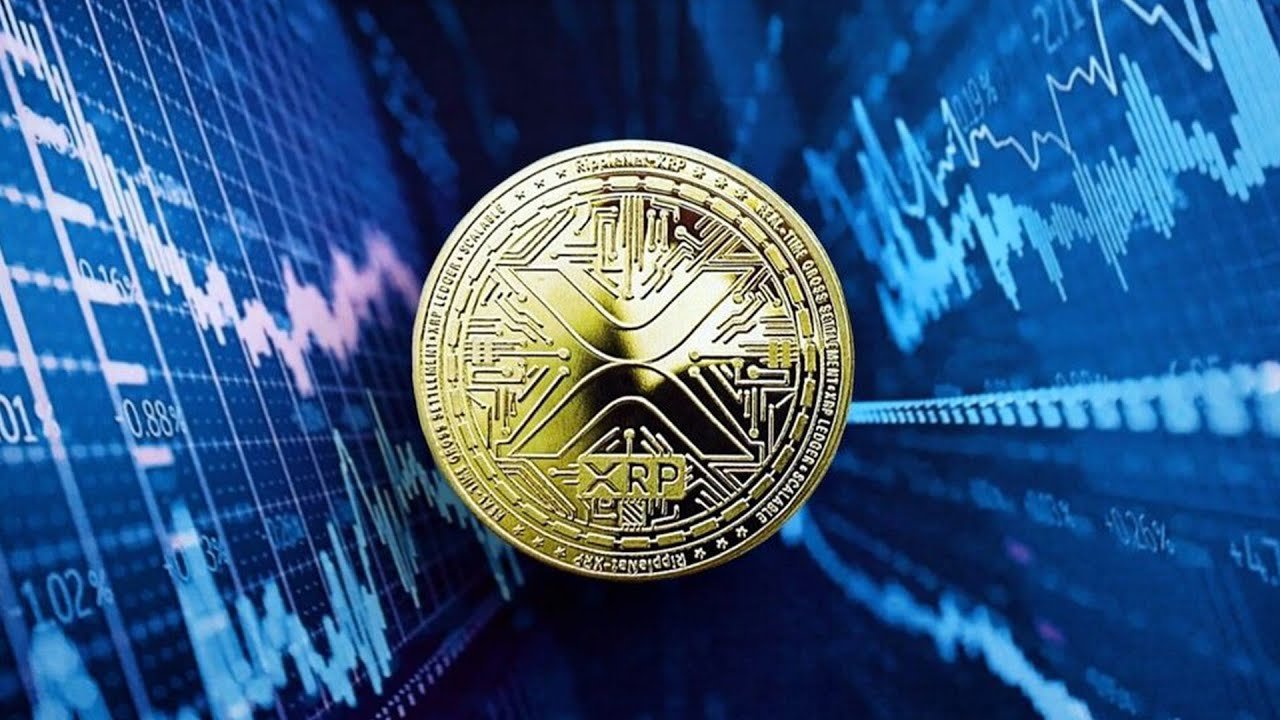The XRP Ledger (XRPL), Ripple’s blockchain network for the XRP coin, will be updated today with a substantial change. The amendment adds features and changes to increase functionality, scalability, and user experience, making it a turning point for the XRPL ecosystem. In the eyes of the XRP community, this improvement strengthens the ledger’s position as a leader in decentralized finance (DeFi), cross-border payments, and tokenization. This post will explain this amendment, its effects on the XRPL ecosystem, and how it fits with blockchain technology developments.
XRP Ledger Amendment?
XRP Ledger transactions are quick, low-cost, and energy-efficient thanks to the XRP Ledger Consensus Protocol. Validators and network nodes vote on XRPL protocol amendments. If enough people support an amendment, it becomes part of the ledger protocol.
The XRPL amendment coming live today makes numerous major modifications. DeFi enhancements are one of the ledger’s biggest changes. The decentralized exchange (DEX) functionality has been improved to make XRPL token trading more efficient. The amendment also simplifies ledger asset creation and management for developers by adding smart contract and tokenization functionalities.

Transaction processing optimization is another major change. The ledger’s transaction queuing system was updated to reduce congestion and improve throughput during peak network activity. XRPL is being utilized for high-volume applications like cross-border payments and micropayments; therefore, this is crucial. Finally, the modification improves ledger security, including anti-spam and validator governance. These updates safeguard the network from hostile actors and preserve its long-term stability.
Significance of This Amendment
XRP Ledger and its community reached a big milestone with this amendment. The XRPL is evolving into a versatile and scalable blockchain platform supporting many use cases. The modification qualifies the XRPL to compete with Ethereum and other smart contract platforms in the fast-growing DeFi industry by improving its DeFi capabilities.
Transfer processing enhancements solve blockchain networks’ scalability issue, which is important. The change reduces congestion and boosts throughput to help the XRPL meet rising demand without sacrificing speed or cost. This is crucial for Ripple’s goal of leveraging the XRPL for fast, reliable cross-border payments.
Enhanced security features in the amendment boost the XRPL’s reputation as a trustworthy blockchain network. These updates in a business with frequent security breaches show Ripple’s dedication to XRPL integrity and user protection.
Real-World Examples and Recent Trends
The XRP Ledger modification follows various blockchain and cryptocurrency movements. DeFi apps using blockchain technology are a major trend. Recent research shows that DeFi protocols have over $100 billion in TVL, led by Ethereum. However, DeFi projects increasingly use other blockchain platforms like the XRPL, which are faster and cheaper than Ethereum.
Stablecoins and non-fungible tokens have been issued and traded on the XRPL. The amendment’s tokenization and smart contract improvements may accelerate this trend, enticing additional developers and projects to the XRPL ecosystem. This could spur new financial goods and services, increasing the ledger’s use and adoption.
Cross-border payments using blockchain technology are another trend. Ripple, a pioneer in this sector, uses the XRPL to facilitate quick, low-cost international transactions. In this regard, the amendment’s transaction processing improvements let the XRPL handle huge payment volumes efficiently. The XRPL may become increasingly appealing to financial institutions and payment providers looking to streamline operations.
Summary
The XRP Ledger’s resiliency, adaptability, and dedication to innovation are demonstrated by the activation of this amendment, which goes beyond a mere technical improvement. New opportunities and possibilities will arise for individuals, corporations, and institutions globally as the XRPL continues to expand, revealing its role in defining the future of blockchain technology and decentralized finance. However, the adventure has only just started.
[sp_easyaccordion id=”5924″]

